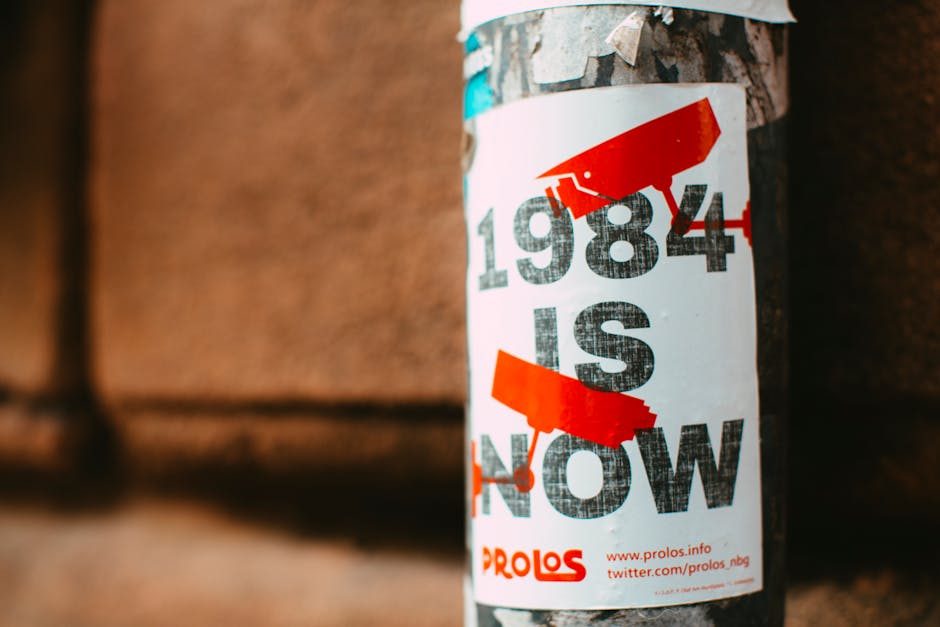So you’re wondering how much is Google Ads. It’s the big question for 2025, right? Everyone wants to know if they can afford it. It’s the kind of question that has an answer that’s both super simple and maddeningly complicated all at the same time. The simple part is you can spend as much or as little as you want. Like, literally five bucks a day. But that doesn’t really answer the question of what it costs to get results.
The truth is, there’s no price list. There’s no menu. It’s more like a wild, super-fast auction that’s happening millions of times a second. Your budget is totally up to you. But the real costs, what you actually pay per click, that’s where things get interesting. Generally people talk about an average cost-per-click, or CPC, being somewhere between $1 and $5. But that’s a huge range and might not apply to you at all. So lets look at what really the cost is.
So, What’s the Real Deal with Google Ads Pricing?
The whole system is basically considered to be a huge, fast-moving auction. You don’t just pay a flat fee to show up.
You’re bidding against all your competitors for certain keywords. Keywords are just the things people type into the search bar.
It is this bidding that determines most of the cost. You tell Google the maximum you’re willing to pay for one click on your ad.
This is your max CPC. But you usually don’t pay the full amount. You normally only pay one cent more than the person bidding below you.
So if you bid $4 and the next guy bids $2.50, you might only pay $2.51 for that click. It’s a bit of a game really.
The Big Things That Actually Change Your Google Ads Cost
Okay, so it’s an auction. But what makes the bid prices go up or down? A few really big things are at play here.
Your cost isn’t just one number it’s a mix of different pressures and choices that you make inside your account.
Industry Competition is a Huge One
This is probably the biggest factor of them all. If you’re in a super competitive field, expect to pay more. A lot more.
Think about lawyers or insurance companies. A single new client for them could be worth thousands of dollars.
So they’re willing to bid $50, $60, or even more for just one click. It makes sense for them.
If you sell something like handmade socks, your competition is probably lower. Your CPC might be well under a dollar.
And that competition directly effects your price, you know. It’s all about what a click is worth to the business.
Your Bidding Strategy Matters. A Lot.
How you tell Google to spend your money changes things. You can set your bids manually, which gives you control but takes a ton of time.
Or you can use one of Google’s automated strategies. These can be pretty good but you have to watch them.
Some strategies focus on getting the most clicks possible for your budget. Others try to get you conversions, like a sale or a form fill.
Choosing the right one depends on your goals. A strategy for brand awareness will have different costs than one for direct sales.
Quality Score – Google’s Secret Sauce
This is Google’s way of grading your ads. And it’s a really big deal for your costs. It’s a score from 1 to 10.
A higher Quality Score means Google thinks your ad is super relevant to the person searching. It’s a good user experience.
And Google rewards you for that. A high Quality Score can give you a discount on your CPC. It’s true.
A low Quality Score, on the other hand, means you’ll pay more. Google is basically making you pay a penalty for a bad ad.
So what goes into this score? It’s generally these three things:
Expected Click-Through Rate (CTR): Is your ad the kind of thing people are likely to click on?
Ad Relevance: Does your ad text actually match the keyword someone searched for?
Landing Page Experience: When someone clicks your ad, does the page they land on make sense and load quickly? Is it useful?
Improving this score is one of the best ways to lower your Google Ads spending without getting fewer clicks.
How Much Should a Small Business Budget for Google Ads?
This is the million-dollar question for most people. Or, hopefully, the few-hundred-dollar question to start.
A common starting point for a small business is somewhere in the range of $500 to $2,500 per month.
This gives you enough money to get some real data. You can see what’s working and what is not.
Starting with a budget of like $100 a month is tough. You just won’t get enough clicks to know if your ads are any good.
The best idea is to start with a budget you are comfortable losing for a month or two. Think of it as paying for education.
You’ll learn what keywords work and which ones just waste money. Then, once you find a winning formula, you can increase your spending.
Hidden Costs? What Else Am I Paying For?
The money you give Google is just one part of the cost. There are other things to think about that aren’t so obvious.
First, there’s your time. Managing a Google Ads account properly takes work. You have to check in, make adjustments, and analyze reports.
Your ad could show up for searches that aren’t quite right wasting your money. You have to find those and block them.
Then there are tools. You might need a keyword research tool or special software for building landing pages. These can have monthly fees.
And what about creating the ads and landing pages? If you’re not a good writer or designer, you might need to hire someone.
That’s another cost. Or if you hire an agency or a freelancer to manage everything for you, their fee is typically a percentage of your ad spend or a flat monthly rate.
Frequently Asked Questions about Google Ads Costs
How much is Google Ads per month?
There’s no set monthly amount. You set a daily budget, and Google won’t spend more than that daily amount multiplied by the number of days in the month. A small business might start with $500-$2,500 a month.
Can you run Google Ads for $5 a day?
Yes, you absolutely can. It’s a good way to test the waters. But with a budget that small, it will take a very long time to get enough data to make good decisions. It works best in very specific, low-competition areas.
What is a good CPC for Google Ads in 2025?
It totally depends on your industry. For a local coffee shop, a good CPC might be under $2. For a national law firm, a “good” CPC could be over $75. A general average across all industries is often cited as being around $2-$4 on the search network.
Is paying for Google Ads worth it?
It can be extremely profitable if done correctly. If your cost to get a customer is less than the money you make from that customer, then it’s worth it. The challenge is getting all the pieces—bidding, keywords, ads, and landing page—to work together.
Does Google Ads charge a monthly fee?
No, Google itself does not charge a monthly subscription or service fee. You only pay for the clicks or impressions your ads receive. Any monthly fee would come from an agency or person you hire to manage your account for you.
Key Takeaways
You control your budget completely. You set a daily cap and that’s it.
The actual cost-per-click is decided in a real-time auction against your competitors.
Your industry is the biggest factor in your costs. More competition means higher prices.
Google’s “Quality Score” is huge. A better score means you get a discount on your clicks.
Don’t forget the other costs, like your time, management fees, or tools you might need.
Start with a test budget you’re okay with spending to learn what works for your business.



